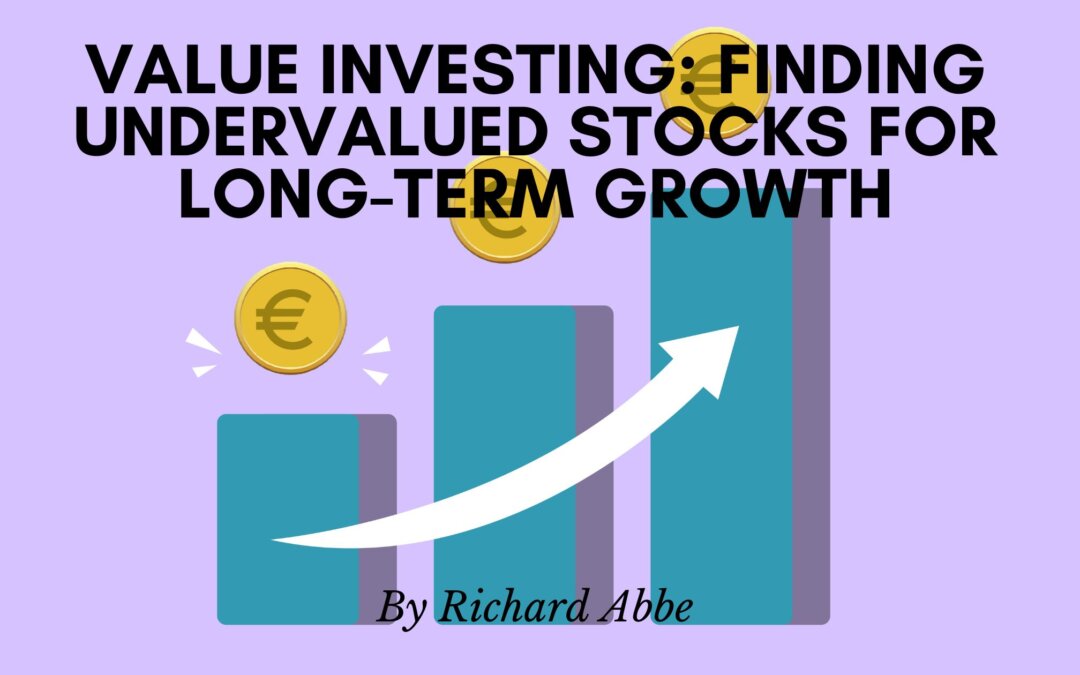In the world of investing, there are various strategies, each with its own philosophy and approach. One of the most well-known and time-tested strategies is value investing. Coined and popularized by the legendary investor Benjamin Graham and later championed by Warren Buffett, value investing revolves around identifying undervalued stocks with the potential for long-term growth.
Understanding Value Investing
At its core, value investing is based on the principle of purchasing assets (in this case, stocks) for less than their intrinsic value. In other words, value investors seek stocks that the market has undervalued, providing an opportunity for potential capital appreciation. Key aspects of value investing include:
- Intrinsic Value: Central to value investing is the concept of intrinsic value. This is the estimated true worth of a stock, derived from a thorough analysis of a company’s financials, assets, earnings, and growth prospects. Value investors aim to buy stocks trading below their intrinsic value.
- Margin of Safety: To mitigate risk, value investors look for a significant margin of safety between the stock’s market price and its intrinsic value. This cushion provides protection against unforeseen market fluctuations and potential losses.
- Long-Term Perspective: Value investing is a patient approach. Investors are willing to hold their investments for an extended period, allowing the market to recognize and correct the undervaluation over time.
- Fundamental Analysis: Value investors rely heavily on fundamental analysis to evaluate a company’s financial health, including metrics like price-to-earnings (P/E) ratio, price-to-book (P/B) ratio, and debt levels.
- Contrarian Approach: Value investors often take a contrarian stance, going against prevailing market sentiment. When the market is pessimistic about a stock or industry, value investors see an opportunity to buy low.
Finding Undervalued Stocks
Identifying undervalued stocks is the heart of value investing. Here are some key strategies and techniques value investors use to unearth promising opportunities:
- Financial Statement Analysis: Analyzing a company’s financial statements, including the balance sheet, income statement, and cash flow statement, is fundamental. Pay close attention to key financial ratios, such as the P/E ratio, P/B ratio, and debt-to-equity ratio, to assess a company’s financial health.
- Discounted Cash Flow (DCF) Analysis: DCF analysis involves estimating a company’s future cash flows and then discounting them back to their present value. If the calculated intrinsic value is significantly higher than the current stock price, it may be an attractive investment.
- Price-to-Earnings (P/E) Ratio: The P/E ratio compares a company’s stock price to its earnings per share (EPS). A lower P/E ratio relative to peers or historical averages can indicate an undervalued stock.
- Price-to-Book (P/B) Ratio: The P/B ratio compares a company’s stock price to its book value (total assets minus total liabilities). A P/B ratio below 1 suggests that the stock is trading for less than its net assets, potentially indicating undervaluation.
- Dividend Yield: Some value investors focus on dividend-paying stocks. A high dividend yield relative to historical levels or industry averages can be a sign of undervaluation.
- Contrarian Investing: Look for sectors or industries that are out of favor with the market but have strong fundamentals. Stocks in these sectors may be undervalued due to negative sentiment.
- Qualitative Analysis: Beyond numbers, value investors consider qualitative factors such as a company’s competitive advantage, management quality, brand strength, and growth prospects.
- Margin of Safety: Always calculate the margin of safety. This involves estimating the worst-case scenario for a stock and ensuring that even in adverse circumstances, the investment has a margin of safety.
The Role of Patience in Value Investing
Value investing often requires patience and discipline. Stocks may not immediately appreciate in value, and market sentiment can be unpredictable. However, the long-term focus of value investing aligns with the philosophy that intrinsic value will eventually be recognized by the market.
Potential Risks and Challenges
While value investing can be a rewarding strategy, it’s essential to be aware of potential risks and challenges:
- Value Traps: Not every stock trading at a low valuation is undervalued. Some may be “value traps,” where the stock price remains depressed due to persistent issues or a deteriorating business.
- Behavioral Biases: Investors may fall victim to behavioral biases, such as confirmation bias or overconfidence.
- Market Timing: Timing the market can be challenging. Even undervalued stocks may not immediately appreciate, and attempting to buy at the exact bottom can be elusive.
- Economic and Industry Risks: Broader economic and industry risks can impact the performance of value stocks. Economic downturns or changes in industry dynamics can affect the prospects of value investments.
Conclusion
Value investing offers a time-tested approach to building wealth through the stock market. By identifying undervalued stocks with a margin of safety and holding them for the long term, investors can potentially achieve attractive returns while managing risk. While value investing requires patience, discipline, and a thorough understanding of financial analysis, it can be a rewarding strategy for those willing to put in the effort to uncover hidden gems in the market. Value investing focuses on the long run and the inherent value of investments.

